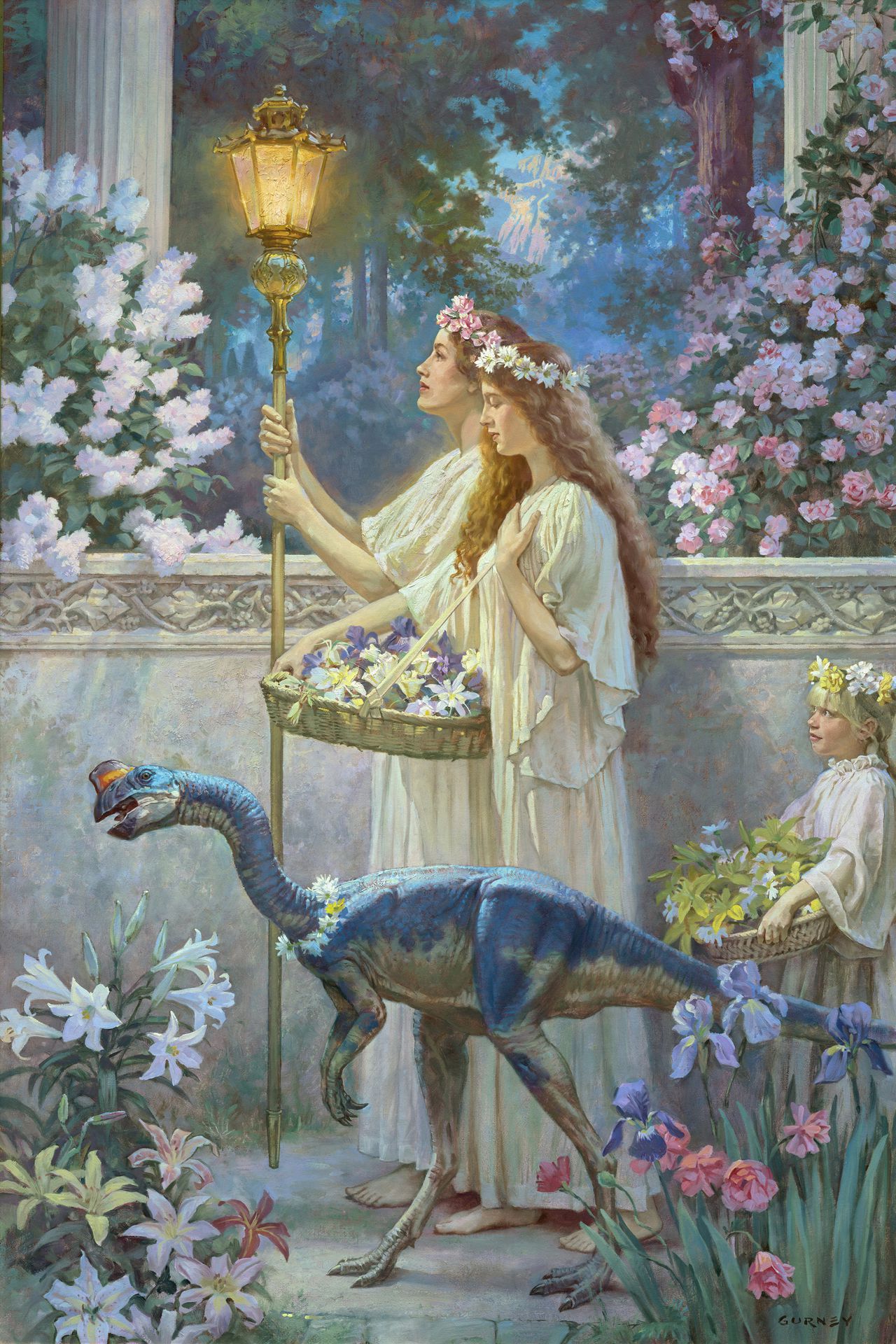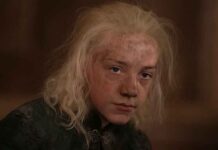A new fantasy-focused exhibit at the Norman Rockwell Museum shows the influence of five centuries of fantasy art on today’s illustrators and the themes that continue to be represented through centuries of human expression.
“Enchanted: A History of Fantasy Illustration” runs through Oct. 31 at the Stockbridge museum.
Unlike science fiction, which is based on fact, fantasy presents an imaginative reality built on universal themes — heroes defeating fire-breathing dragons, angels and demons engaging in combat and mythological tales of love and loss.
Fictional worlds of magic and adventure come to life through fantasy illustration in this exhibit through the portrayal of images representing fairy tales, mythological figures and creatures, archetypes such as the serpent, St. George and the Dragon, representations of good and evil and 20th-century pulp heroes like John Carter and Conan the Barbarian as well as Lord of the Rings and Game of Thrones.
“Enchanted: A History of Fantasy Illustration” explores fantasy archetypes from the Middle Ages to today.
The exhibit is designed for people of all ages and all backgrounds. “This is very important to me when designing an exhibition. Fantasy sometimes has a reputation for prurient images, which does not represent the vast scope of fantasy art. The images in the exhibit reflect the best of fantasy illustration,” said Jesse Kowalski, curator of exhibitions. “In curating this exhibit, I wanted to show the rich history of fantasy art and showcase the fine quality of work created by the artists in the exhibit.”
The exhibit presents the immutable concepts of mythology, fairy tales, fables, good versus evil and heroes and villains through paintings, etchings, drawings and digital art created by artists from long ago to illustrators working today.
Mythology explores the adventures of Apollo and Thor, Perseus rescuing Andromeda with the head of Medusa, and the labors of Hercules; fairy tales depict the worlds of elves, fairies and mermaids and conjure dreams of Little Nemo in Slumberland, Alice in Wonderland and Cinderella; heroes and villains follow the exploits of Arthurian legends, and haunting images of sorcerers and witches and battles between angels and demons embody the struggle between good and evil.

James Gurney, Garden of Hope, 1994, , is part of “Enchanted” at the Norman Rockwell Museum. © James Gurney
According to Kowalski, cultivating one’s fantasy is important in daily life and plays a large part in one’s unconscious mind; dreams are filled with fantastic imagery. “From the beginning of recorded history, humankind has used fantasy to explain what it does not understand. We know early cultures created fantasies around the rising and setting of the sun and the creation of the sky and earth,” he said. “Gods were created to help understand the meaning in our lives, and the evolution of our belief in science and religion is based on what we understand to be real and fantasy.”
While many cultures were once polytheistic, and Eastern religions continued to be, Western religions developed monotheism – Judaism, Christianity and Islam all developed as Western culture began evolving. He pointed out that similar archetypes are present throughout the world, often in cultures that had no contact with one another – creation tales, a Great Flood, a Paradise that was ruined, a savior, an apocalypse, a journey through the underworld, as well as theories of creation based on water, trees, and earth.
He writes in the exhibit: “In the Elder Edda of the Norse, written in the 13th century, the god Odin formed a man from an ash tree and a woman from an elm, then created Midgard, or Middle Earth, in which humankind could thrive. Similarly, from the Algonquins, the Earth Mother’s son, Glooskap, made a man from the trunk of an ash tree and formed smaller human beings, such as fairies and dwarfs, from the ash tree’s bark.”
Kowalski contends that with few exceptions, all art originates in human imagination. “Fantasy is the oldest form of expression — from early cave paintings depicting heroism or god-like figures, Egyptian tombs and Greek pottery, the ceiling of the Sistine Chapel, and depictions from Grimms Fairy Tales,” he said, noting that the first written story, “The Epic of Gilgamesh,” from 2100 BCE, contains many of the same elements present in fantasy literature of today in “The Lord of the Rings” and “Game of Thrones.”
“Enchanted: A History of Fantasy Illustration” has a place at the Norman Rockwell Museum because, from Kowalski’s perspective, Rockwell’s artworks possess an appearance of realism, but the meaning behind the painted image is centered in basic human emotions, which is why they continue to appeal to the public.
“While not fantasy by definition, his works present an alternate reality that inspired people through two World Wars and the Great Depression – his images during those periods rarely reflected the news events of the time,” he said. “We present the fantasy exhibition because part of the Norman Rockwell Museum’s mission is to show the history of American Illustration; fantasy illustration is a large part of the history of illustration and continues to grow in popularity.”
For more information, go to nrm.org.




















![[Book Review] The Blade Itself (The First Law Trilogy) by Joe Abercrombie](https://bendthekneegot.com/wp-content/uploads/2018/01/1516047103_maxresdefault-218x150.jpg)

















